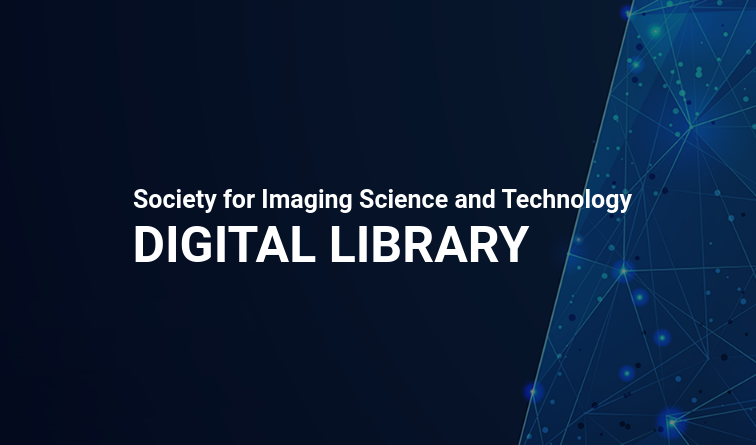
Devices based on flexible thin film structures enjoy an increasing industrial focus especially in printed electronics and photovoltaic applications. The common results of the laser-structured layers demonstrate the important differences between laser types and laser parameters. Best results regarding smallest material layer damages will be obtained by ultra short laser pulses. Many of the emerging applications of ultra short laser pulses in material processing require high up to medium intensities depending on performance and quality. For example, micro machining of various material layers of flexible solar cells uses predominantly picosecond or femtosecond pulses to ablate material from surfaces without inducing changes to the underlying material. In general energies in the range of some ∼10 μJ are needed in order to exceed typical ablation thresholds on a working spot size of 50 μm, allowing good process control and achieve high throughput.But also laser machining with nanosecond laser pulses suits a lot of applications in printed electronics. Especially the removal of thicker layers requires other machining processes like structuring with nanosecond lasers to be competitive for a mass market solution.The common used Roll-to-Roll systems offer the potential to meet the resulting demands of the industry by providing the optimized performance and cost-efficiency. Completed by an in line and on-the-fly laser processing the flexible thin film machining becomes even more efficient, including the digital automatic process from designing the structuring layout to the resulting laser treatment.
J. Hänel, T. Petsch, B. Keiper, K. Bleul, "Laser machining of thin films on top of flexible substrate carriers" in Proc. IS&T Int'l Conf. on Digital Printing Technologies and Digital Fabrication (NIP24), 2008, pp 740 - 743, https://doi.org/10.2352/ISSN.2169-4451.2008.24.1.art00070_2
